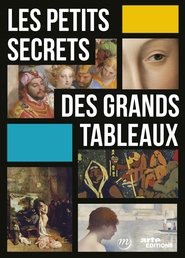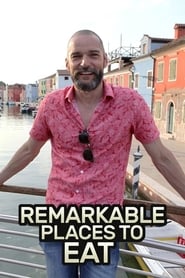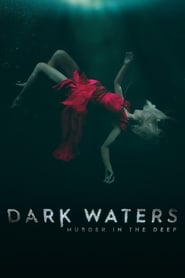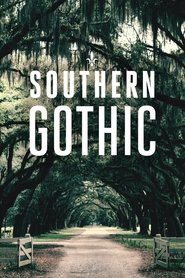
Smart Secrets of Great Paintings - Season 1 Episode 5 The Wedding at Cana (1563) by Paolo Veronese
8.00/10 by 1 users
In "The Wedding at Cana", Paolo Veronese transposes the biblical tale of Christ's first miracle to the scene of a sumptuous Venetian banquet. This documentary explores the historical context of 16th century Venice, a wealthy and politically stable city in which artists such as Veronese, Titian, and Jacobo Tintoretto were granted freedom from religious censorship. It looks at Palladio's architectural influences, presents a theory that "The Wedding at Cana" may represent the crowning ceremony of a Doge's wife, and examines how Veronese combines the sacred and profane in his works. Finally, it looks at the painter's use of perspective, colors, and composition.
- Title: Smart Secrets of Great Paintings
- Year: 2019
- Genre: Documentary
- Country: France
- Studio: ARTE
- Director: Clément Cogitore, Jivko Darakchiev, Yves Nilly, Carlos Franklin
- Cast: Clémentine Célarié
- Crew: Clément Cogitore (Director), Jivko Darakchiev (Director), Yves Nilly (Screenplay), Carlos Franklin (Director)
- Keyword:
- Runtime: 26 minutes
- IMDb: 8.00 / 10 by 1 users
- Popularity: 4.607
- First Air Date: Nov 01, 2015
- Last Air date: Feb 17, 2019
- Season: 1 Season
- Episode: 24 Episode
- Language: French
 Apple TV
Apple TV Google Play Movies
Google Play Movies Fandango At Home
Fandango At Home Netflix
Netflix Amazon Prime Video
Amazon Prime Video Amazon Video
Amazon Video MUBI
MUBI




































